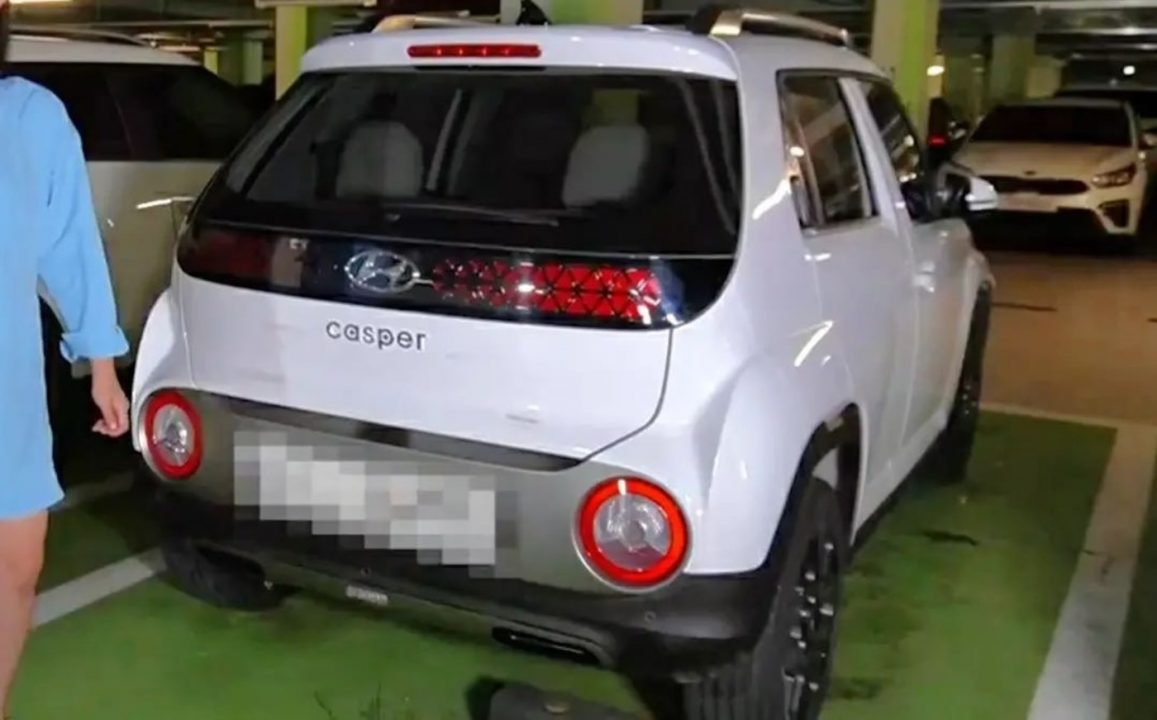
Hyundai Casper will go on sale in South Korea later this year, and we expect it to make its way to the Indian market next year
Hyundai recently pulled the veil off its forthcoming micro-SUV, the Casper. Hyundai Casper is a quirky but cute-looking vehicle, with a boxy, crossover-style design. Here, we have a few images of the Casper in the real world, and it certainly looks a lot better here than it does in the official debut pictures.
The exterior design of Hyundai Casper is inspired by other Hyundai SUVs, like the Creta, Venue, etc. It gets a split headlamp setup, with LED position lights and LED turn indicators in the upper portion, while the main headlamp sits low on the front bumper. The main headlamps are round in shape, with integrated LED DRL rings in each.
A black strip runs horizontally between the LED indicators, with the Hyundai logo in the centre. The front grille is unique, with triangular mesh pattern that fades into the sides. The front bumper also gets a faux bash plate with air vents. At the sides, the vehicle gets flared fenders, which look extremely muscular. The A-pillar is black, and the ORVMs (with integrated turn signals) are dual-tone.
The handles for the rear doors are integrated into the C-pillar, giving the Casper a faux two-door look. At the rear, the taillights are also split. The brake lights are positioned on the tailgate, featuring triangular LED matrix design, flanking the Hyundai logo. A stylised ‘Casper’ badge is present just below it. The turn indicators and reverse parking lights are placed way down on the rear bumper, and a faux bash plate is present as well.
A high-mounted stop lamp is also seen on the vehicle, along with a shark fin antenna. There’s black plastic cladding all around, and the vehicle gets a pair of roof rails as well. The interior design has not been officially revealed, but spy images of the cabin are available. Hyundai Casper is strictly a 4-seater car, with a simplistic interior design.
The Korea-spec Hyundai Casper will get two engine options – a 1.0L NA petrol (76 PS) and a 1.0L turbo-petrol (100 PS). Transmission options will be limited to a 4-speed automatic gearbox. We’re not sure if the same will be offered on the Indian version though. We expect the Caper to launch in the Indian market sometime next year, to rival the likes of Maruti Ignis, Tata Punch, and Mahindra KUV100.
Image source: Indra Fathan on Instagram













